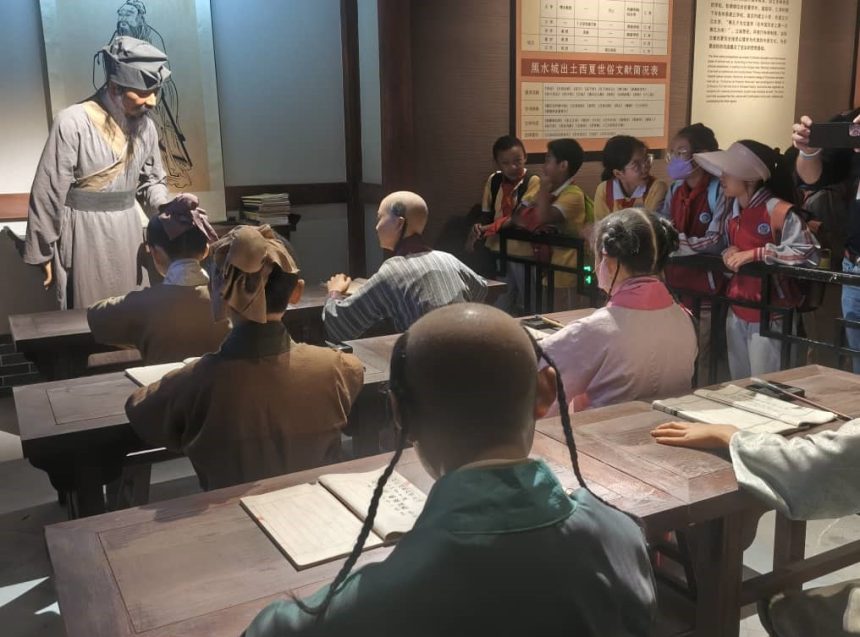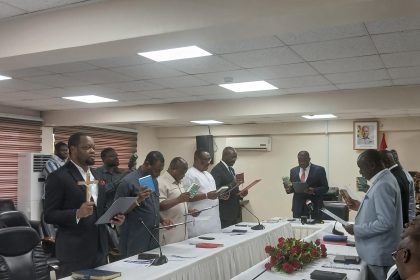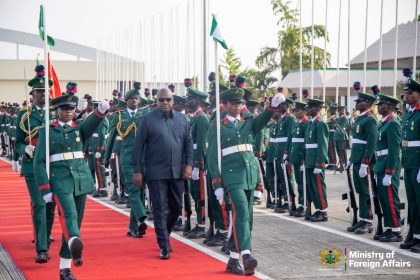On daily basis, tourists numbering 10,000 to 20,000 visit the Xixia Dynasty Imperial Tombs Museum in Yin Chuan, China’s Northwestern Ningxia Hui Autonomous Region.
The Mausoleum complex, constructed in 1997 and officially opened to tourists in 1998, preserves the rich heritage of the Xixia (known as Western Xia) Dynasty, which ruled the olden day China from 1038 to 1227.
Established by the Tangut people, a branch of the broader Qiang ethnic group, the dynasty flourished at a crossroad, both geographically and culturally.
Recognised and listed by UNESCO World Heritage, the Xixia Dynasty Imperial Tombs Museum, is the home to ancient tombs, relics and distinctive architectural remains that reflect the dynasty’s historical and cultural significance.
The Xixia Imperial Tombs Museum, considered a symbol of the dynasty’s glorious past, have become a cornerstone of cultural tourism in the region, reinforcing China’s commitment to safeguarding and promoting its historical legacy and journey of civilisation.
Mr Sun Bo Ling, a Tour Guide at the Museum, told the Ghana News Agency during a tour of the site that the facility had become a pillar of cultural tourism in the region, contributing significantly to the growth of the economy and the branding of China internationally.
He said tourists, both local and foreign continued to troop into the area to have a feel of the immense cultural, historical and diversity and appreciate the dynasty’s integral role in the broader Chinese civilisation.
“The Xixia Imperial Tombs Museum is not only a historical treasure but also an important educational resource. Every day, between 10,000 to 20,000 people, both foreign and locals alike, come here to learn about the dynasty and appreciate its legacy.
“This site also tells the story of how China fought slavery and established its own story, and we want our people to know this and stand tall wherever they are”, Mr Ling said.
Mr Ling explained that the site was not only a place of learning but also had spiritual connection in which people both local and foreign nationals visited to atone for their sins and asked for blessings for the future.
“People come to the Xixia Imperial Tombs to also offer prayers, to ask for forgiveness for the things they have done wrong and also pray for a better future”, he added.
Mr Ling explained that before the construction of the Mausoleum, the main driver of the economy of Yin Chuan was coal and mine, however, although not developed as other regions, the historical site was contributing to boosting the economy of Yin Chuan.
“As you can see, tourists come here every day and it is contributing significantly to the economy and we are committed to positioning tourism to play a more impactful role in developing the people”, he said.
The visit to the Mausoleum was part of a 14-day training programme, dubbed: “Seminar for Senior Management of Mainstream Media in countries along the Belt and Road Initiative”, held in Beijing, China.
Organised by the China Broadcasting International Economic and Technical Cooperation Co., Ltd (CBIC) and sponsored by the Ministry of Commerce of the People’s Republic of China, the seminar brought together 30 senior managers and journalists from landlocked countries.
The training is part of the commitment of the Chinese government and its institutions to strengthen and advance international communication cooperation with international media organisations and promote the global adoption of Chinese technologies, standards, and products.
GNA






